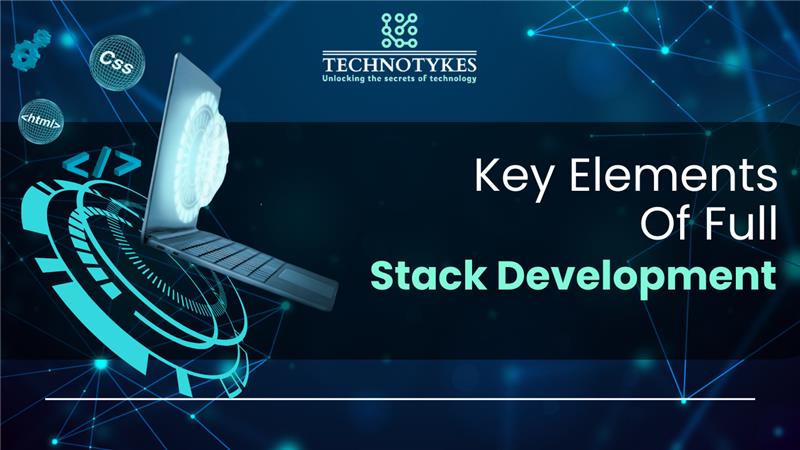![]()
Due to the advancement in technology, people nowadays are learning several courses that help them to enhance their knowledge and increase their relevance. Interestingly, people are enrolling for coding courses and full-stack development courses in Ludhiana. One of the many reasons why people are also acquiring the skills and knowledge regarding these courses is that they are in demand, and the career prospects of these courses have also proven to be quite lucrative. Parents should also encourage their children to acquire such skills, especially during their summer holidays, as it is beneficial for their future.
What Is Full Stack Development
Full-stack development refers to the process of creating user-side and server-side elements of browser-based applications. Full-stack developers have to work across the entire technology stack. They have to develop, design, deploy, and maintain web applications from conception to implementation. Furthermore, the whole process has to do with the creation of user interface and experience, logic and databases, managing APIs, and so on. This whole process helps to facilitate communication between frontend and backend users. To learn more about full-stack development, one may have to enroll in a full-stack development or coding course in Ludhiana.
Key Element Of Full Stack Development
According to the masters of full-stack development courses in Ludhiana, the key elements of full-stack development include the following:
- Client side (Frontend) – The frontend portion of the application contains elements that users can see and interact with. Full-stack developers are responsible for designing, building visuals, and interactive components like layouts, buttons, and responsiveness across all platforms and devices. The mechanisms that are used to develop the various elements include HTML, JavaScript, and so on, coupled with frameworks and libraries such as React and the like.
- Server side (Backend) – This aspect deals with the functionalities and architecture of the application. The server side is primarily used for managing authentication, security, server logic, and other elements. Moreover, full stack developers have to utilise languages like Java, Python, and so on with frameworks like Django.. They also have to work with databases like MySQL and MongoDB.
- Database management – According to exports of coding courses in Ludhiana, full-stack development requires competence in designing and managing databases to store, retrieve, and manipulate data effectively and efficiently. Therefore, to achieve the right outcome, developers have to work with SQL and NoSQL.
- APIs – Application programming interfaces act as an overpass between the frontend and backend, which allows various elements to communicate and exchange data. Full-stack developers are responsible for the integration and design of application programming interfaces by using RESTful and GraphQL infrastructures.
Conclusion – Full-stack development equips developers with impeccable abilities, which make them relevant and valuable in today’s fast-evolving web development terrain. Furthermore, full-stack development helps to create strong, scalable, and user-friendly web applications that are able to fulfill the demands of many businesses and users alike. Full stack is also versatile and flexible, which allows many developers to adapt to various project requirements seamlessly.


